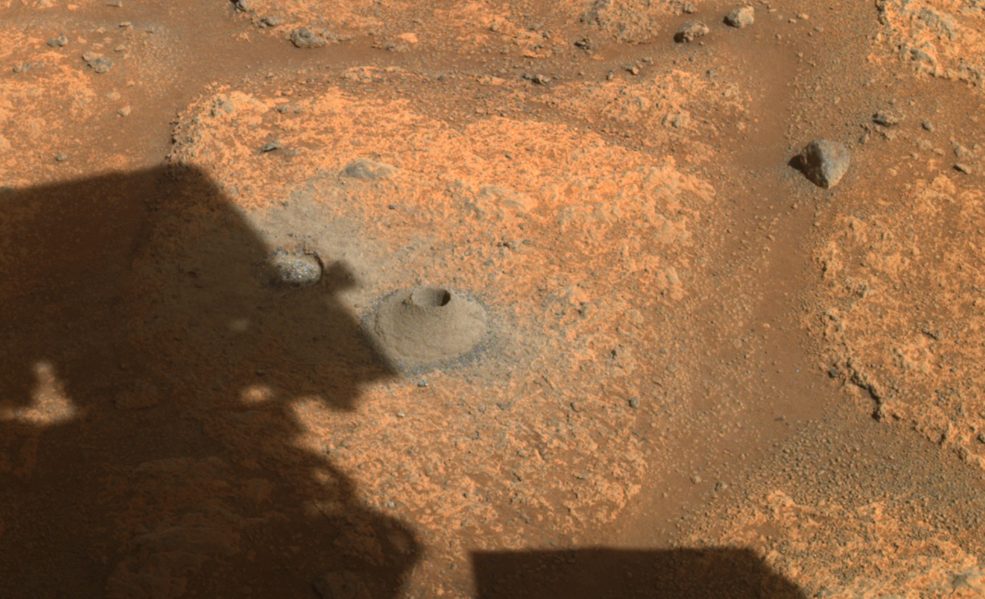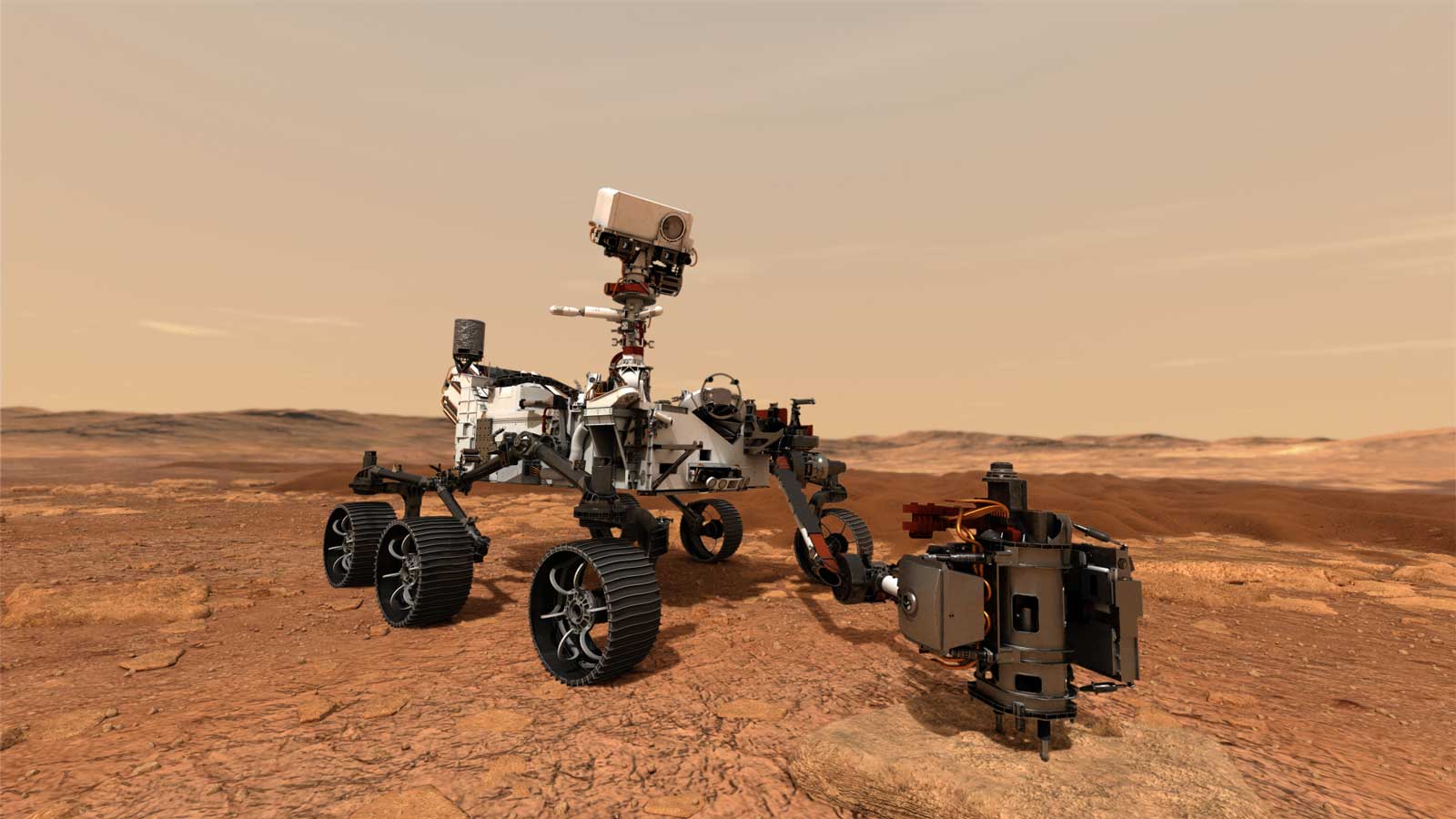NASA’s Perseverance Hits a Rocky Patch
With all that’s been going on here down on Earth in the past few weeks, you’d be forgiven for forgetting about the fact that we currently have a machine roaming Mars searching for signs of extraterrestrial life (like we need another problem to deal with right now!). NASA’s Perseverance rover has been trekking around our planetary neighbour for almost exactly six months now, with the goal of collection data and samples that will hopefully increase our knowledge of the Red Planet and continue to advance the question of whether there was/is/could be/definitely isn’t life on Mars. However, it hasn’t all been plain sailing (or roaming, one might say) for Perseverance and the first attempt performing one of the mission’s most important tasks has proved problematic.
Rock sampling is one of the primary objectives for NASA’s Perseverance project, the collection of samples of Mars rocky surface through the use of a drill installed on the end of the rovers 2m long robot arm and a handful of internal ‘sampling tubes’ in the rovers main body. August 6th marked the rover’s first attempt at drilling and storing a sample from Mars surface, so anticipation was high and NASA scientists were paying close attention to the success or failure of this first go.
It all seemed to go according to plan at first; Perseverance’s drilling and coring unit burrowed around 7cm into the surface, retrieving a fragment of Martian crust and the NASA team back here on Earth received the signal that the rock had been sealing in one of the sampling tubes. Job done? Not quite. Upon further investigation, images captured from inside the tube, as well tube’s volume measurement tools, revealed the curious reality; the tube was completely empty, the rock sample nowhere to be found.

So, what happened? After analysing the images of the drill site taken by Perseverance, it appears that chemical make-up of Mars surface could make for difficult sampling material. In a written assessment of the unsuccessful collection, Chief Engineer for Sampling and Caching at NASA/JPL Louise Jandura explained that the evidence suggests “coring activity in this unusual rock resulted only in powder/small fragments which were not retained due to their size and the lack of any significant chunk of a core. It appears that the rock was not robust enough to produce a core.” Essentially, it’s hard to collect a rock sample when your drill grinds the surface completely into powdery dust.
So, what now? Well, it would be somewhat ironic if NASA named their rover ‘Perseverance’ only to pack up their bags and call it quits after the first missed swing, wouldn’t it? It would also be an incredible waste of time, money and resources (probably more of a factor than the ironic element), so the efforts will continue for Perseverance. With the help of NASA’s Ingenuity helicopter scouting potential drilling sites from above, the rover will hit the road in search of more solid digging conditions in the hope of producing those precious rock sample. That is, not literally a ‘road’, no-one has been paved the concrete out there just yet (at least not until the billionaires get their colonies going).

